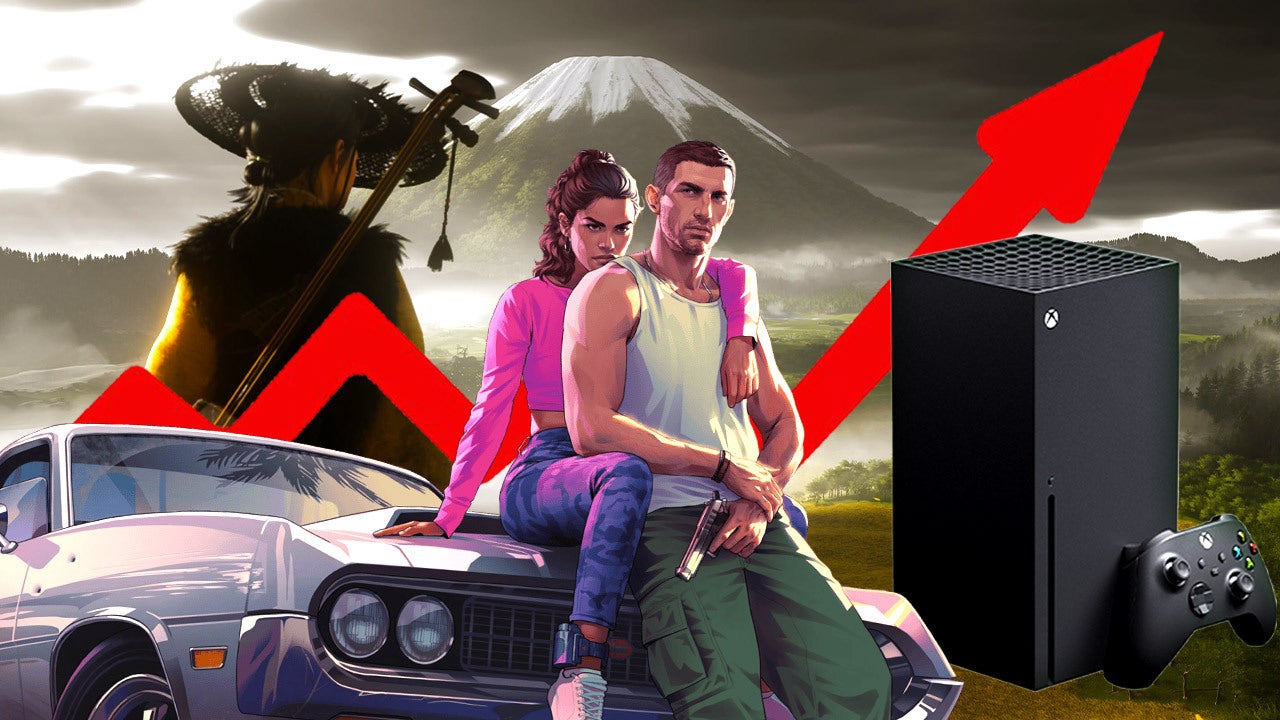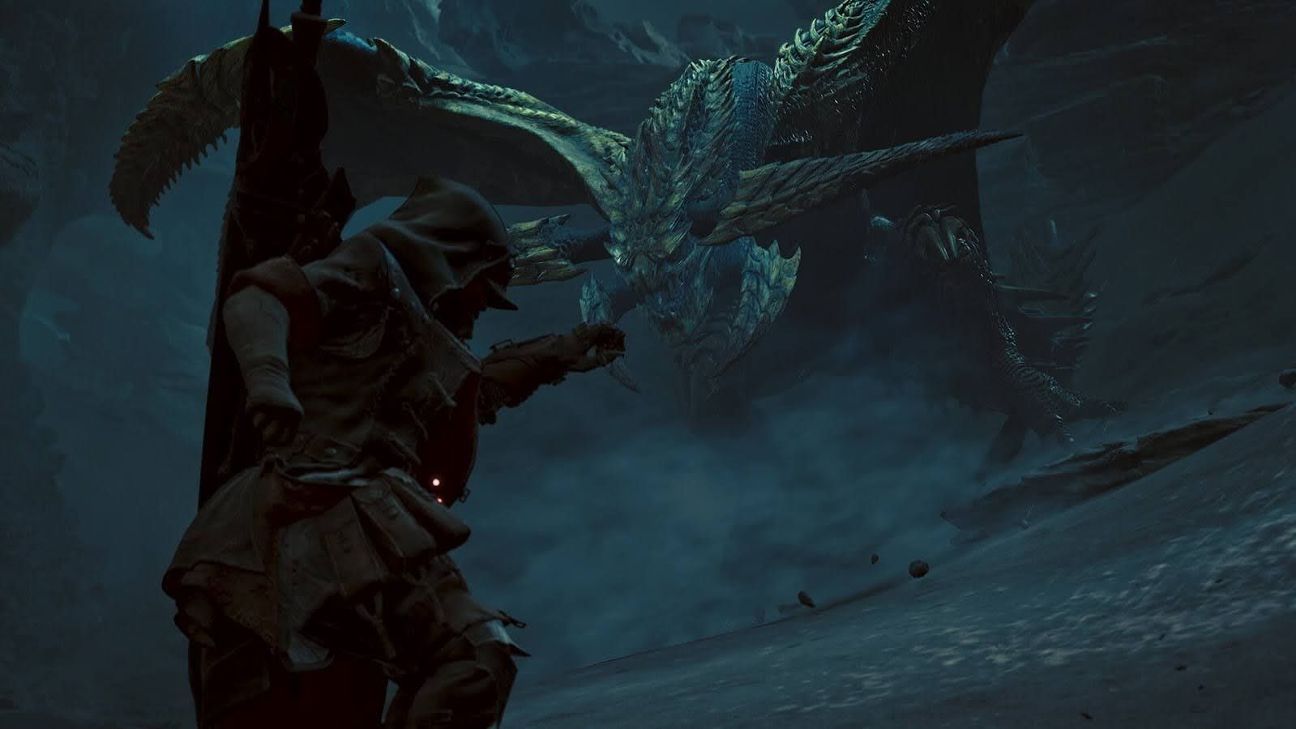PlayStation's Price Crossroads: GTA 6 and the Xbox Pricing Gambit
Technology
2025-05-02 13:37:49Content

The $80 Game Price Tag: PlayStation's Inevitable Next Move
The gaming industry is witnessing a significant shift in pricing strategies, with Nintendo and Xbox already embracing the $80 price point for their latest titles. This trend suggests that PlayStation is likely to follow suit in the near future, marking a new era of video game pricing.
As development costs continue to rise and the complexity of modern games increases, major gaming platforms are reassessing their pricing models. Nintendo and Xbox have already taken the bold step of increasing their standard game prices, signaling a potential industry-wide transformation.
For PlayStation fans and gamers alike, this price adjustment seems almost inevitable. The rising costs of game development, including advanced graphics, intricate storytelling, and expansive open-world designs, are putting pressure on publishers to seek additional revenue streams.
While some gamers may be hesitant about the price increase, the industry argues that the enhanced quality and depth of modern games justify the higher price tag. As technology continues to advance, players can expect more immersive and sophisticated gaming experiences.
Only time will tell when PlayStation will officially announce its move to the $80 game price point, but all signs point to an impending change in the gaming marketplace.
The Gaming Price Revolution: How $70 Became the New Standard in Video Game Pricing
In the ever-evolving landscape of video game economics, a seismic shift is transforming how consumers perceive and engage with digital entertainment. The traditional pricing models that have long governed the gaming industry are undergoing a radical transformation, challenging players' expectations and reshaping the financial dynamics of interactive media.The Inevitable Rise of Premium Game Pricing
The Economic Pressures Driving Game Price Increases
The video game industry is experiencing unprecedented economic challenges that are fundamentally reshaping pricing strategies. Rising development costs, increasingly complex technological requirements, and the massive investments needed to create cutting-edge interactive experiences have pushed major publishers to reconsider their traditional pricing models. Modern video game development now requires teams of hundreds of professionals, sophisticated technology, and years of dedicated work, dramatically escalating production expenses. Game developers are confronting a complex ecosystem where maintaining profitability has become increasingly difficult. The astronomical budgets required for creating AAA titles—often exceeding $100 million—necessitate more aggressive pricing strategies. These financial pressures are not merely theoretical but represent a tangible reality for companies seeking to remain competitive in an increasingly saturated market.Console Manufacturers Leading the Pricing Transformation
Major console manufacturers are strategically positioning themselves at the forefront of this pricing revolution. Nintendo and Xbox have already signaled their willingness to embrace the $70-$80 price point, effectively establishing a new standard for premium game releases. This movement represents more than a simple price increase; it's a fundamental reimagining of how digital entertainment is valued and consumed. The transition isn't happening in isolation. It reflects broader economic trends, including inflation, increased production costs, and the growing complexity of game development. By incrementally adjusting pricing structures, these companies are attempting to balance consumer expectations with the economic realities of creating state-of-the-art interactive experiences.Consumer Perspectives and Market Adaptation
Players are finding themselves at a critical juncture, forced to recalibrate their understanding of game value. While initial resistance is natural, many gamers are gradually accepting that higher prices correlate with more sophisticated, immersive, and technologically advanced gaming experiences. The value proposition is shifting from pure cost to comprehensive entertainment experience. This pricing evolution isn't just about extracting more revenue; it's about sustaining innovation in an industry that demands constant technological advancement. Consumers are increasingly recognizing that maintaining high-quality game development requires substantial financial investment. The $70 price point is becoming a signal of premium quality rather than a barrier to entry.PlayStation's Inevitable Transition
PlayStation, historically cautious about dramatic pricing changes, appears poised to follow the industry trend. The writing is on the wall: a $70 standard for new releases seems increasingly inevitable. This isn't merely speculation but a logical progression based on current market dynamics and the experiences of other major console manufacturers. The transition will likely be gradual, with PlayStation carefully monitoring consumer response and market reception. By observing how Nintendo and Xbox have implemented their pricing strategies, PlayStation can learn and potentially refine its approach, ensuring a smoother adaptation for its user base.Global Market Implications
This pricing transformation extends far beyond individual console ecosystems. It represents a global recalibration of how interactive entertainment is valued and monetized. Emerging markets, technological innovations, and changing consumer expectations are all converging to create a new paradigm in game pricing. International markets will undoubtedly watch these developments closely, with potential ripple effects across different regions and gaming platforms. The $70 price point might become a global standard, reflecting the increasing sophistication and production complexity of modern video games.RELATED NEWS

Beyond Nostalgia: Oblivion's Original Architect Challenges the 'Remaster' Label







